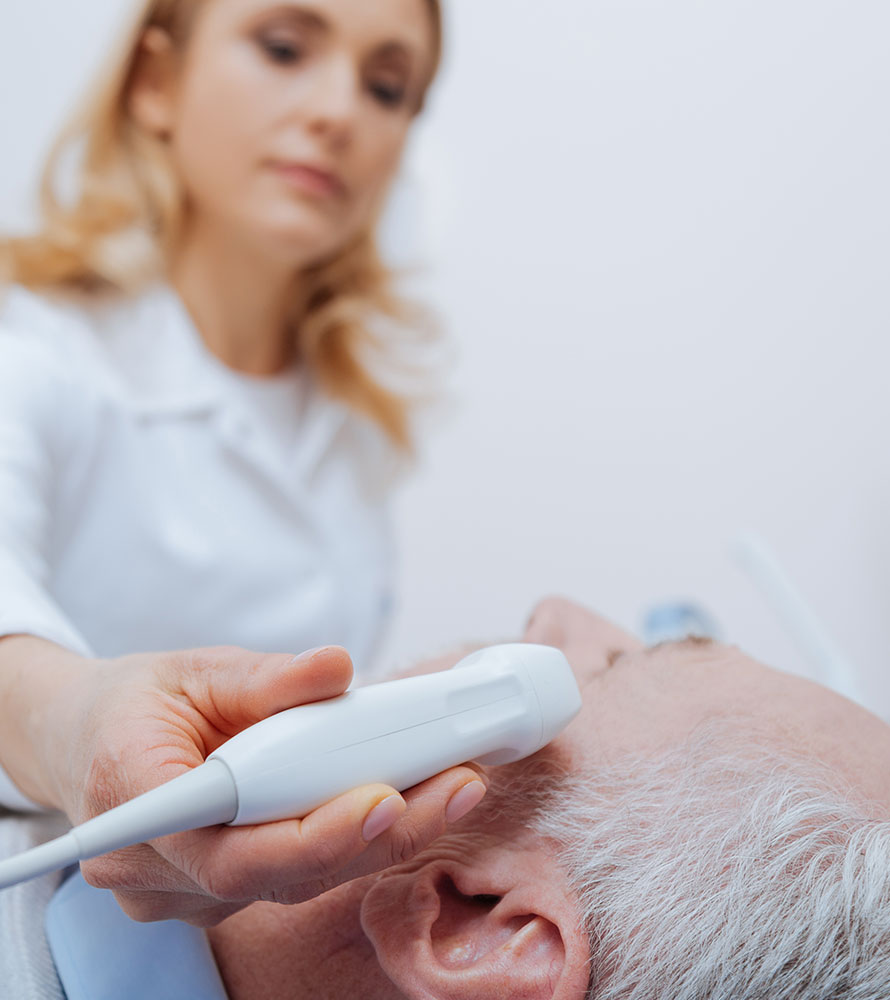
Transcranial Doppler Ultrasound
Also known as a brain ultrasound, the Transcranial Doppler Ultrasound measures the rate and direction of blood flow affecting the brain.
What can the Transcranial Doppler Ultrasound detect?
The test examines and records the speed of the blood flow in arteries located at the base of the brain to facilitate the diagnosis of a wide range of conditions affecting the brain, including:
- Sickle Cell Anemia
- Transient Ischemic Attack (TIA)
- Cerebrovascular Accident (CVA)
- Embolism
- Subarachnoid hemorrhage (SAH)
- Cerebral Circulatory Arrest


What should I know before my appointment?
The test examines and records the speed of the blood flow in arteries located at the base of the brain to facilitate the diagnosis of a wide range of conditions affecting the brain, including:
- Prior to the exam, the patient might have their blood pressure taken
- Patient must not be speaking or moving during the examination
- Four different locations around the face and neck are typically used in transcranial Doppler examination: a) transtemporal window b) submandibular window c) transorbital window d) suboccipital window
- The examination can take anywhere between 30 minutes to 1 hour
How does the TCD Ultrasound work?
The TCD make sound waves that are transmitted through the tissues of the skull. These sound waves reflect off blood cells found within the blood vessels, allowing the technician to detect, examine, and interpret their speed and direction. The sound waves are displayed on the monitor.
Neurosonography Utilizing a TCD
Neurosonography, or neuroimaging, is an ultrasound performed on the brain and nervous system. Utilizing beam shapes and frequencies from a TCD, neurosonography can detect or help prevent conditions involving the central nervous system and brain—in particular, conditions signaling stroke and aneurysms. Although neurosonography may not always promote prevention, the examination may help to determine the extent of damage.

Getting the Results
A specialized professional will analyze the images and send a report to your physician. Your physician will then talk to you about the results during your appointment. If any further tests or treatments are needed, you will arrange for them with your doctor.

